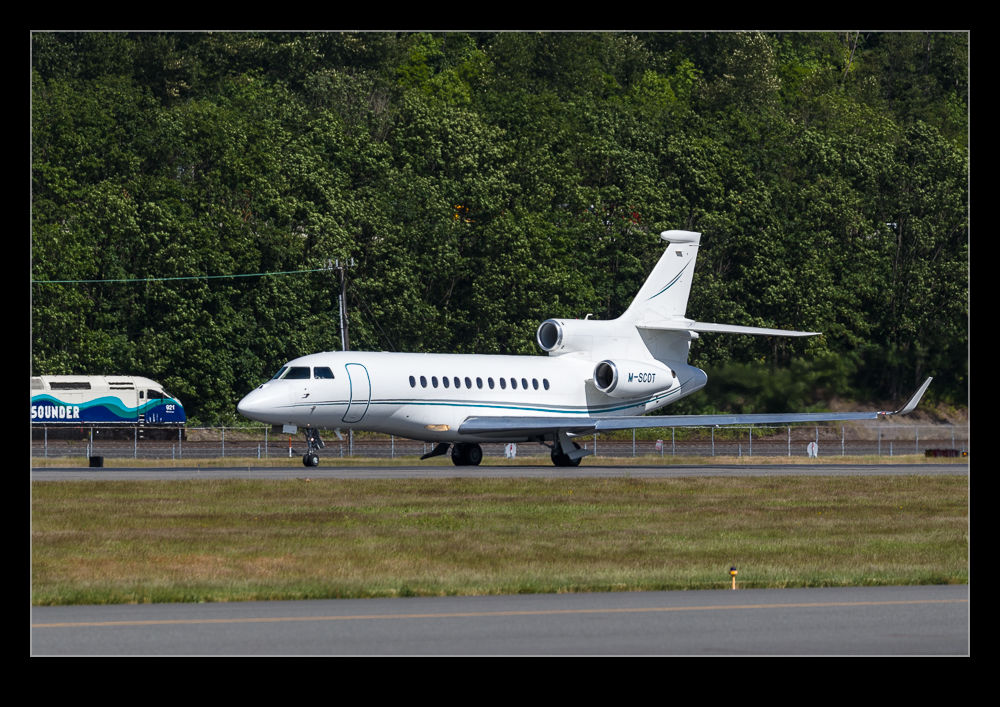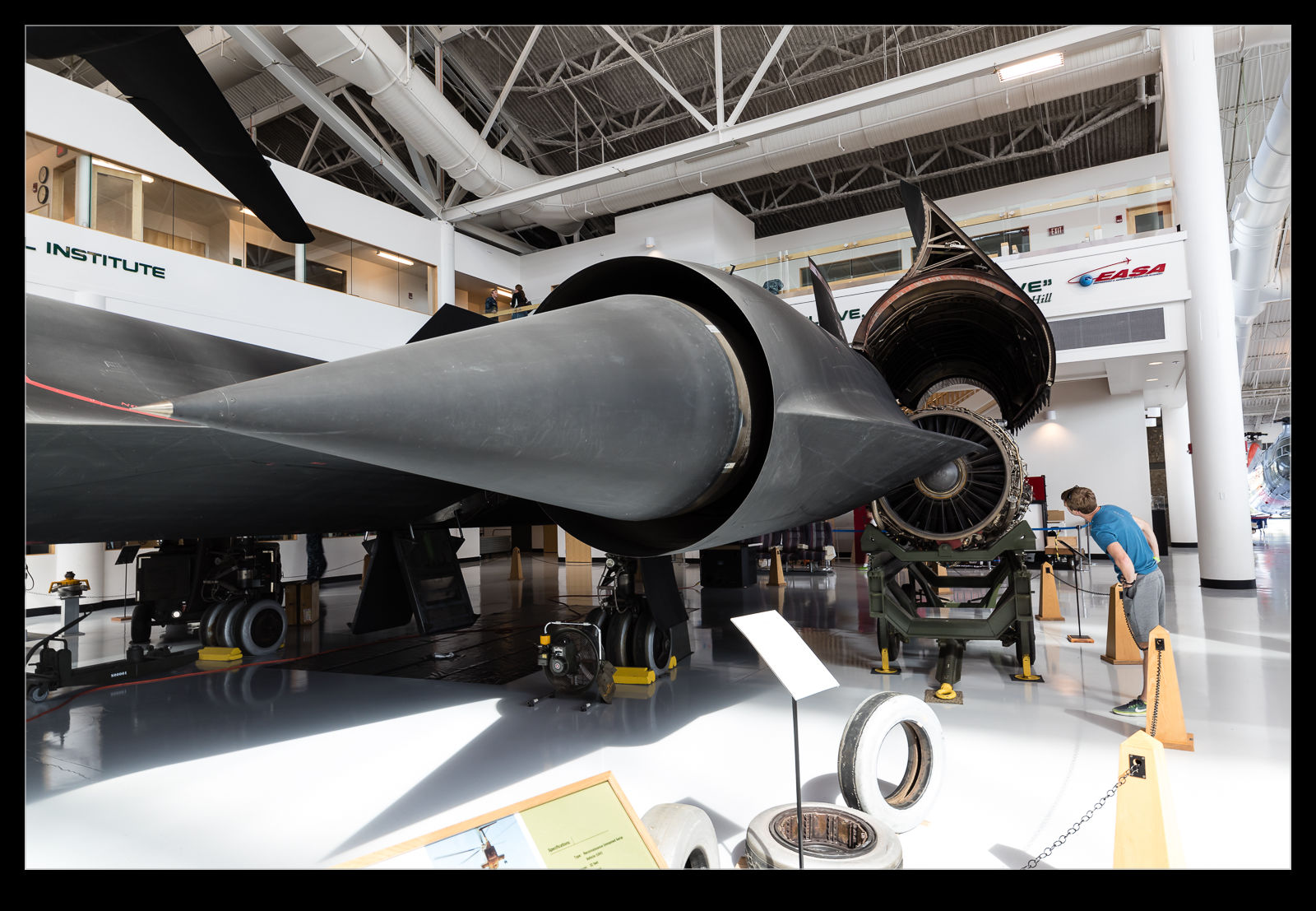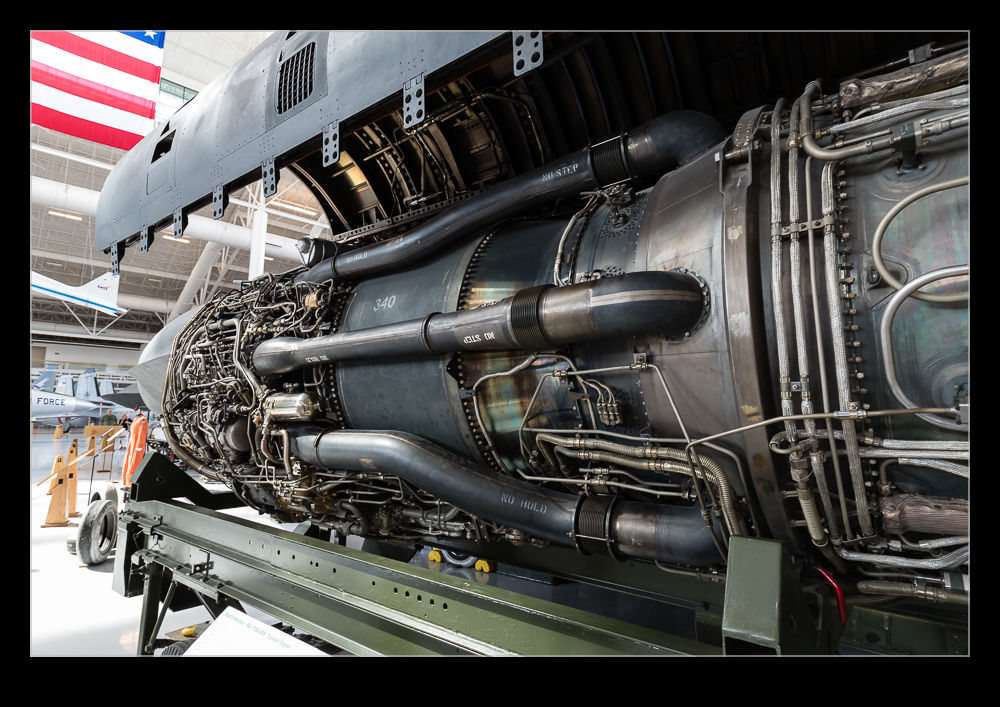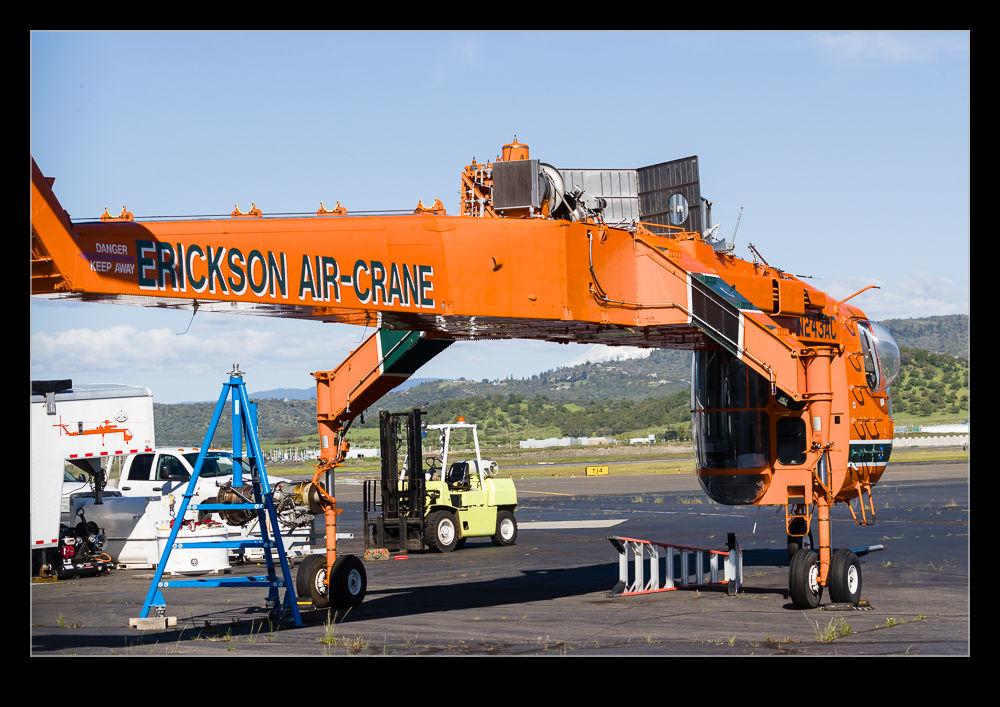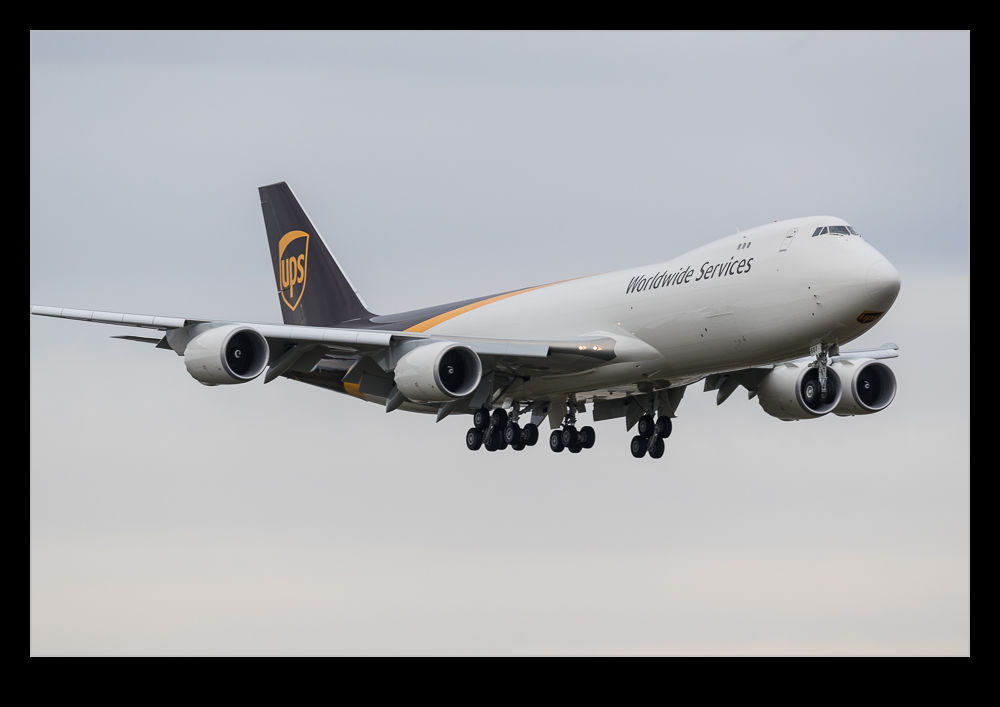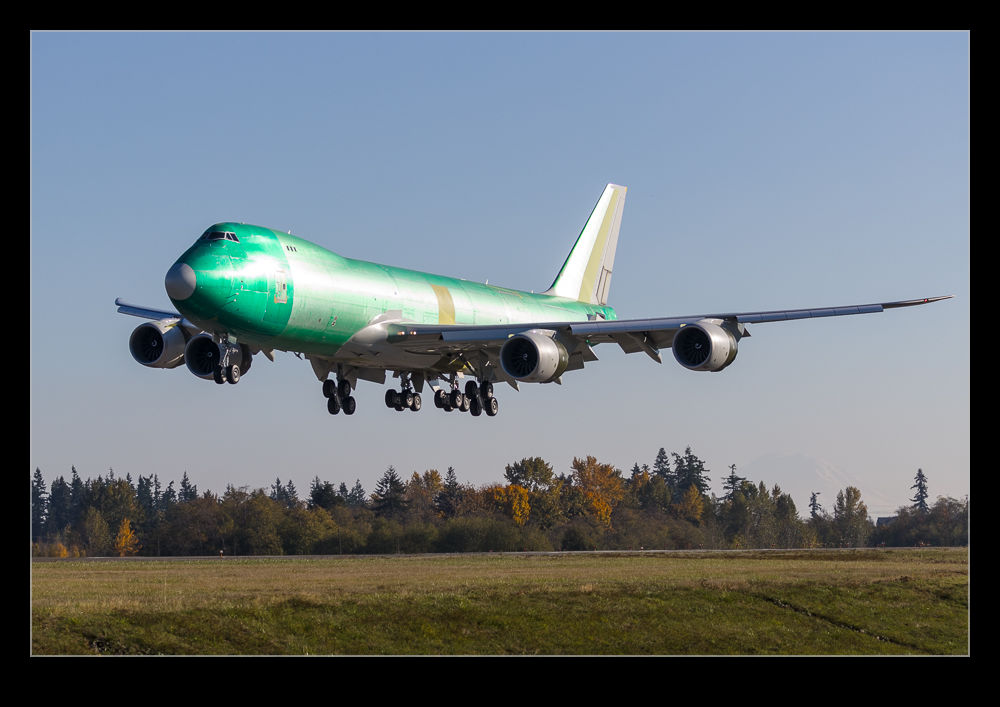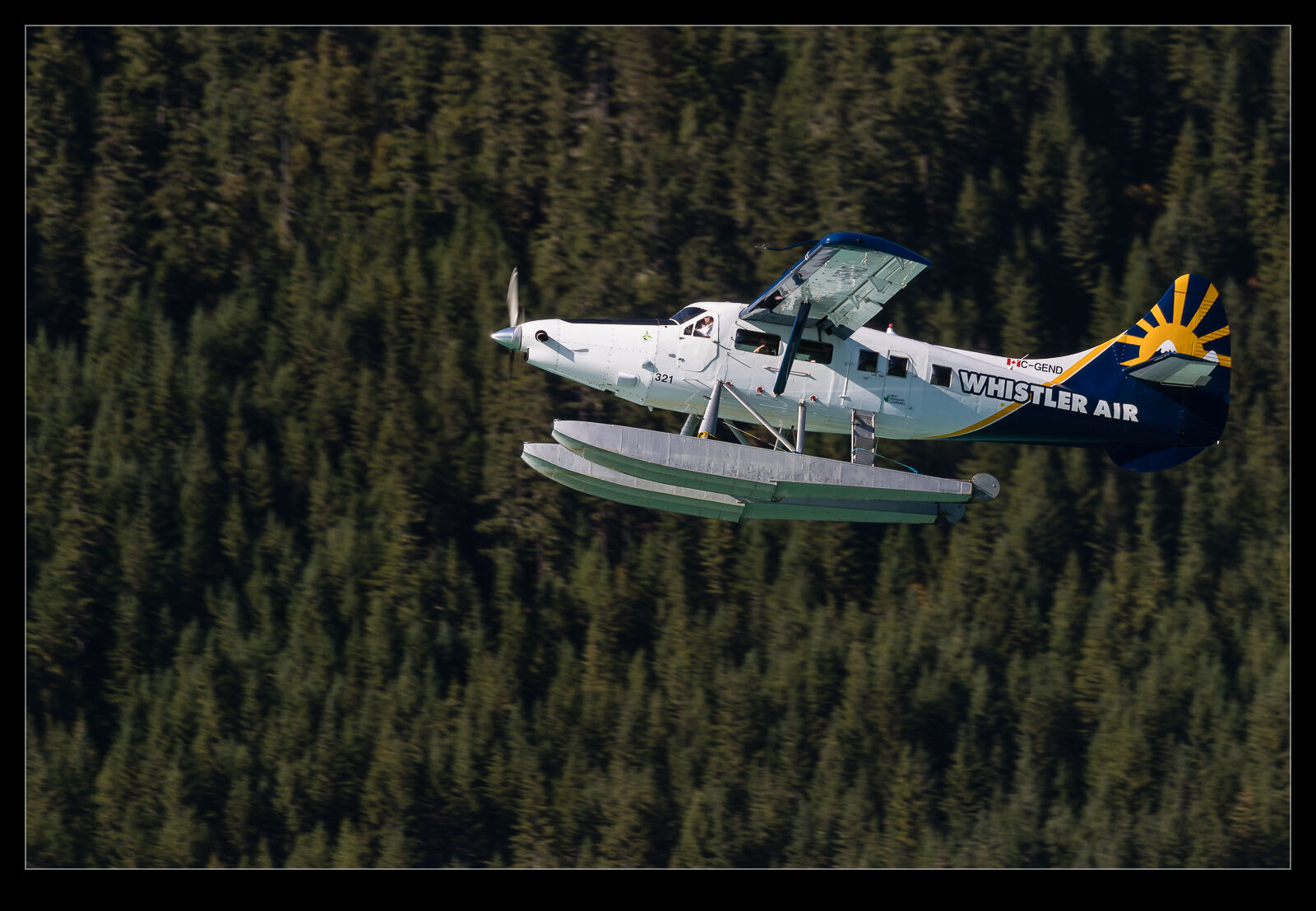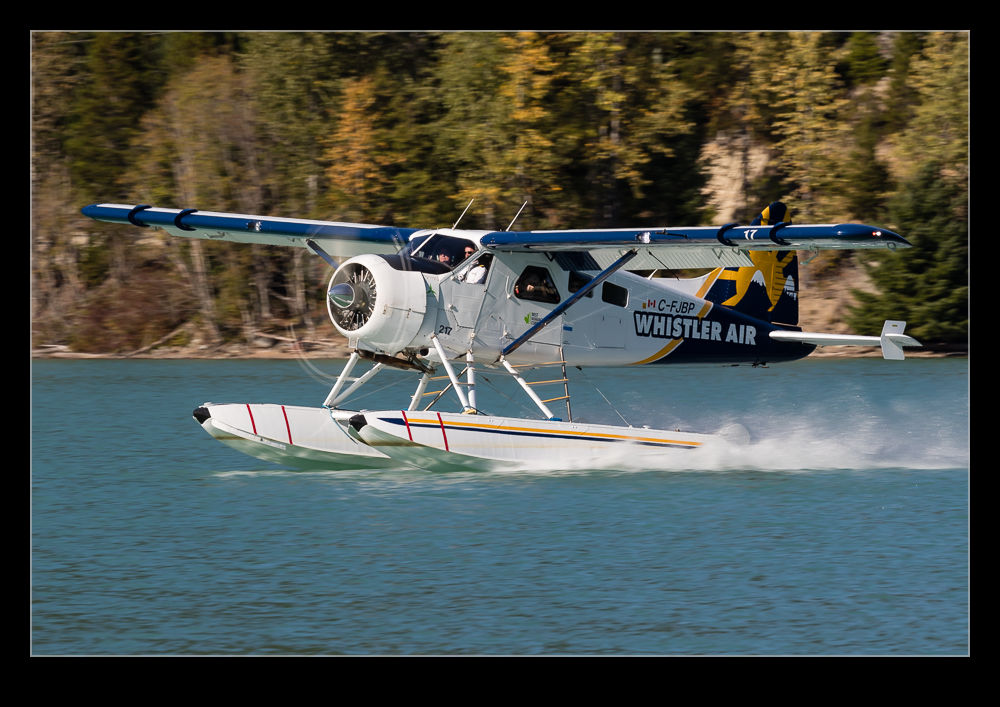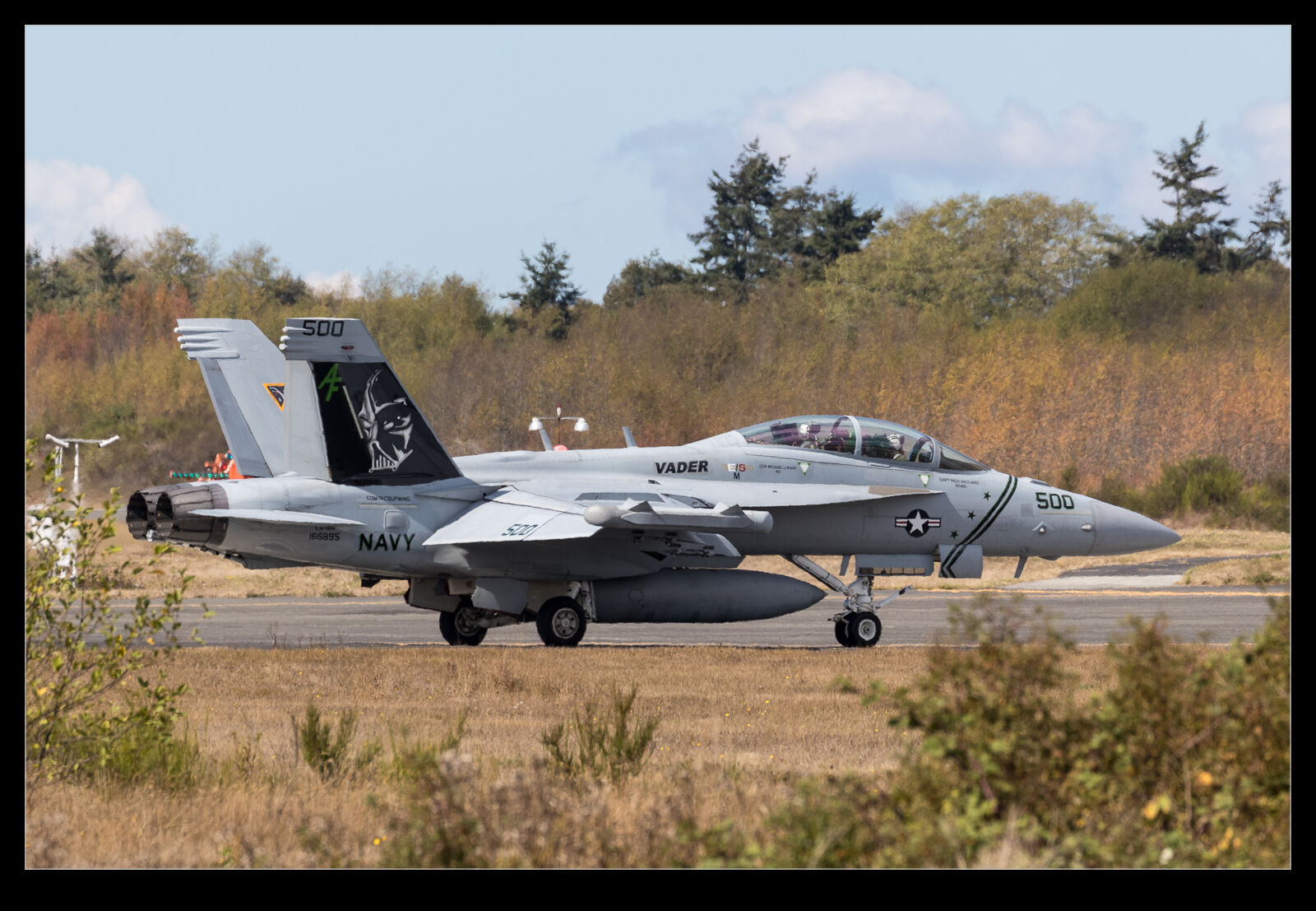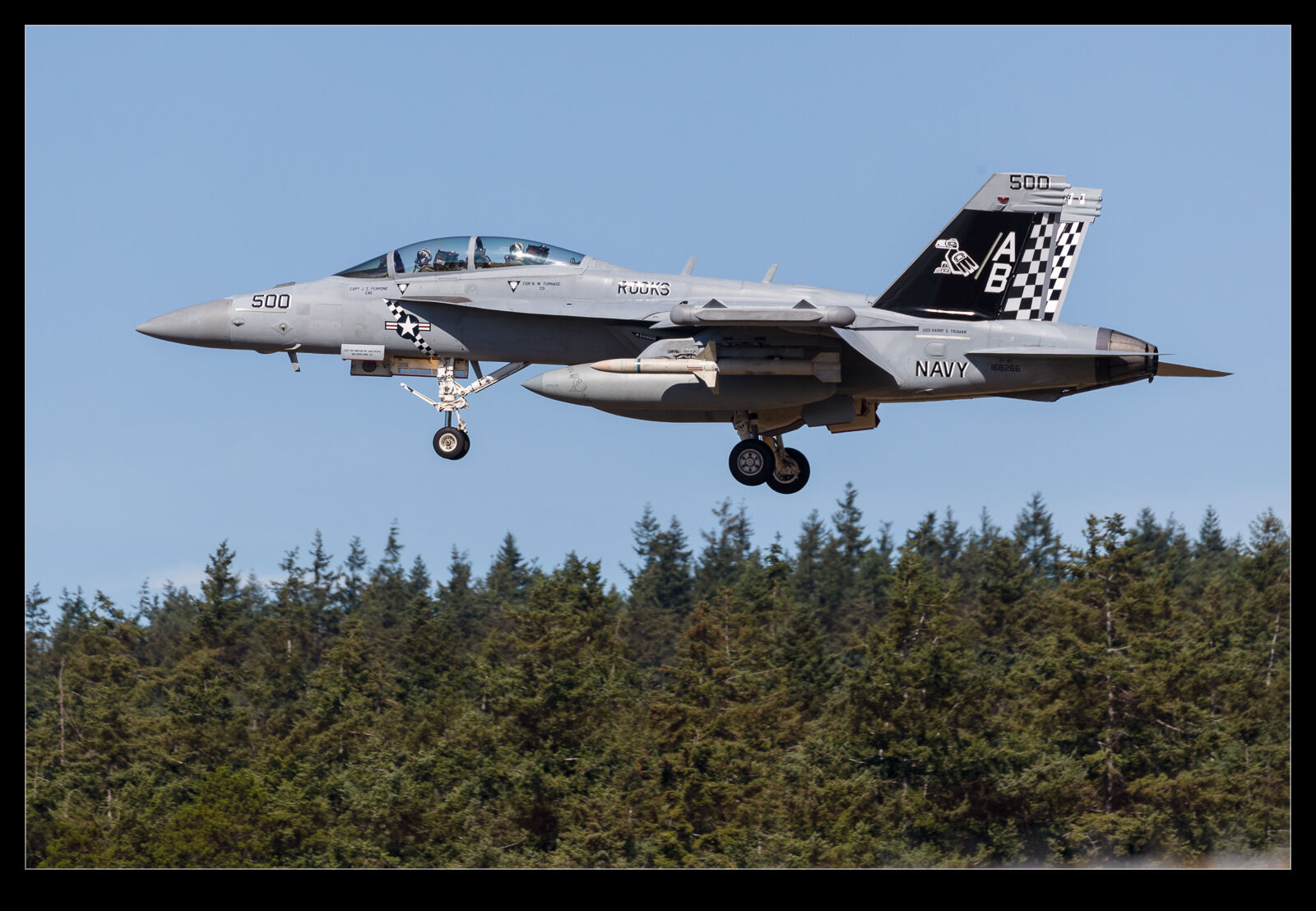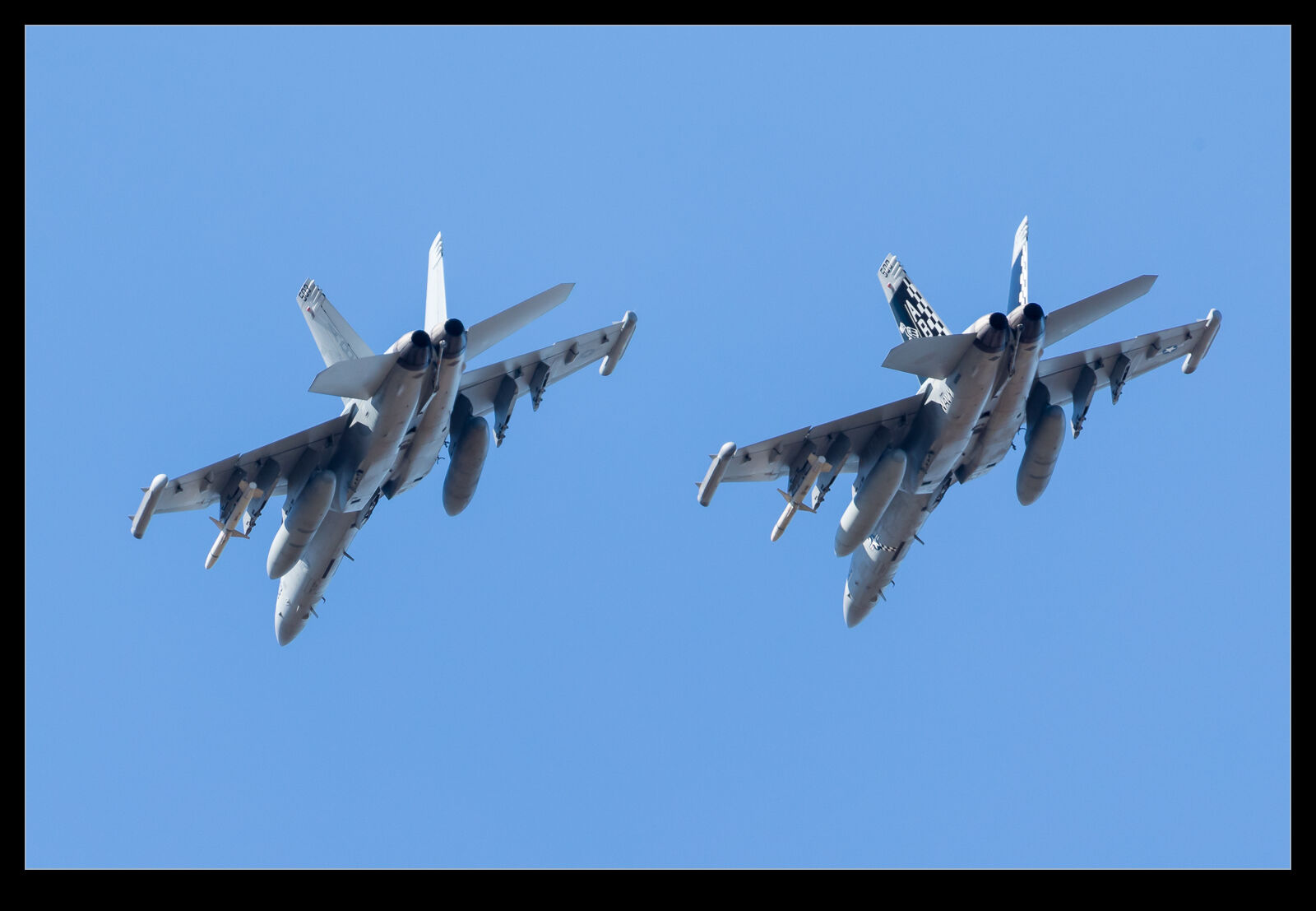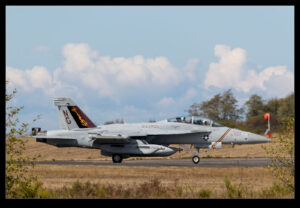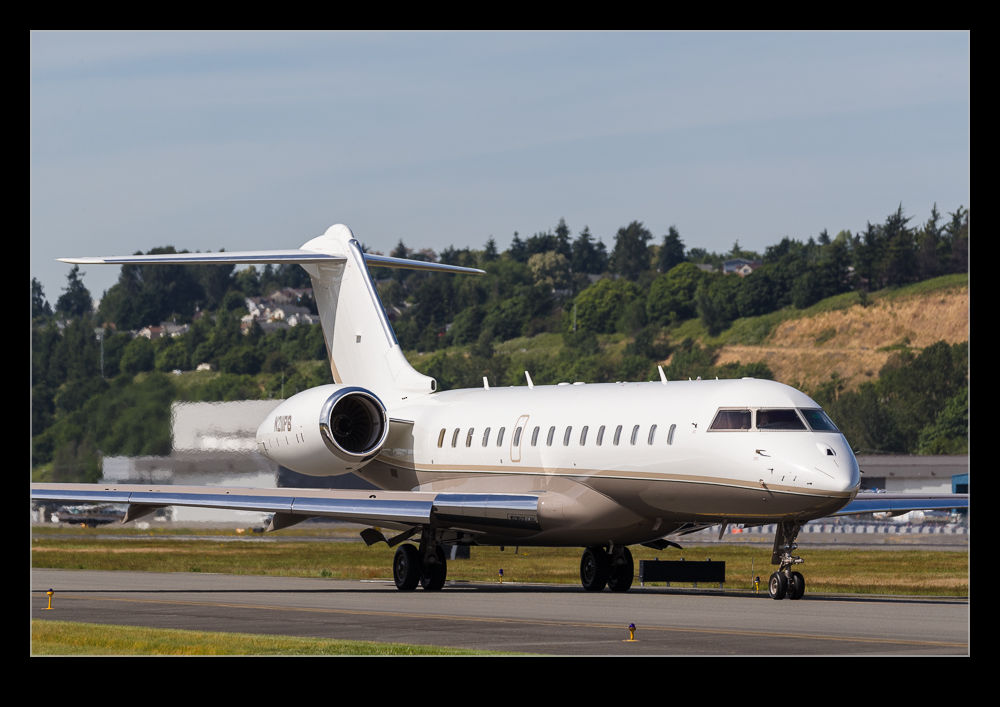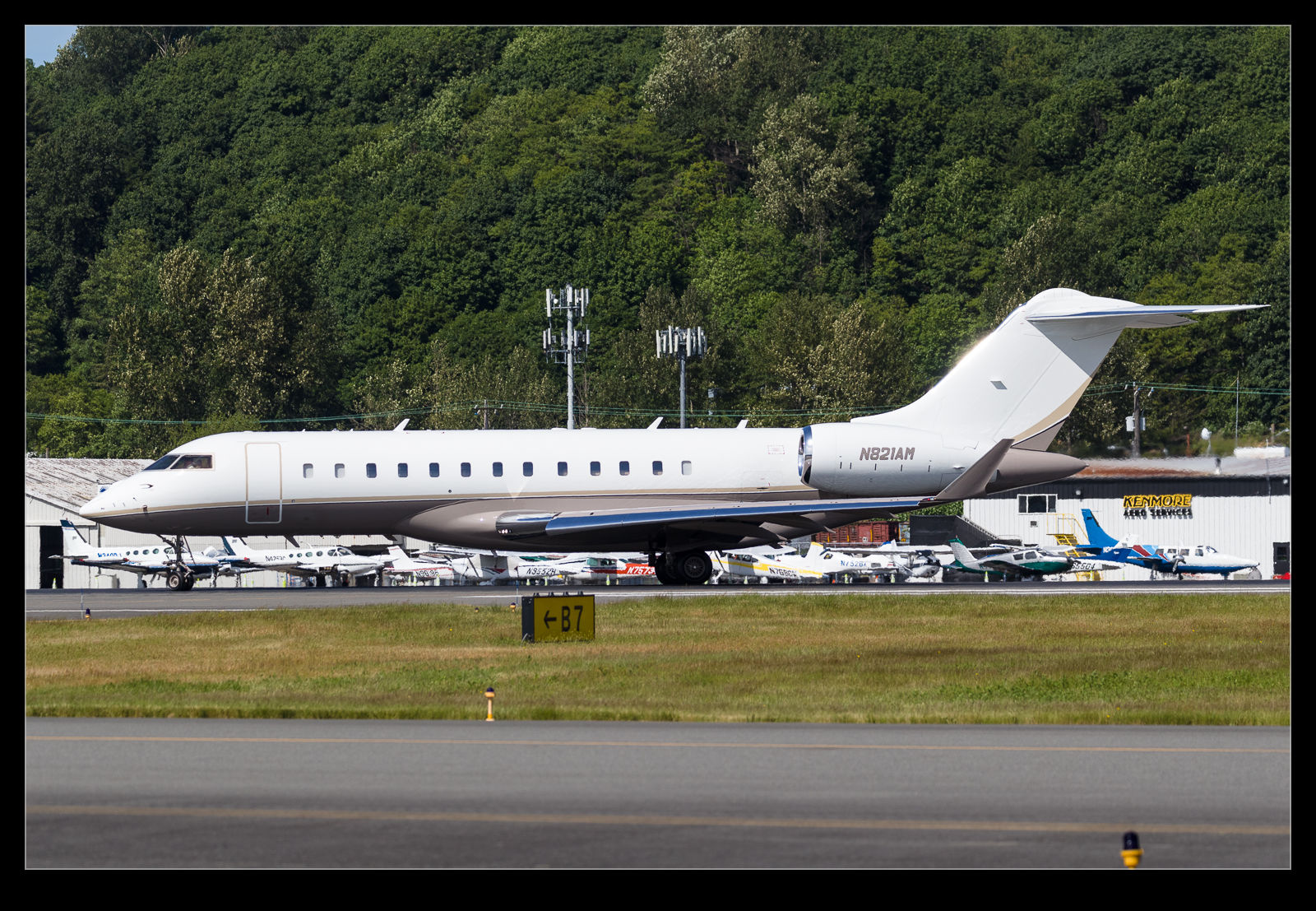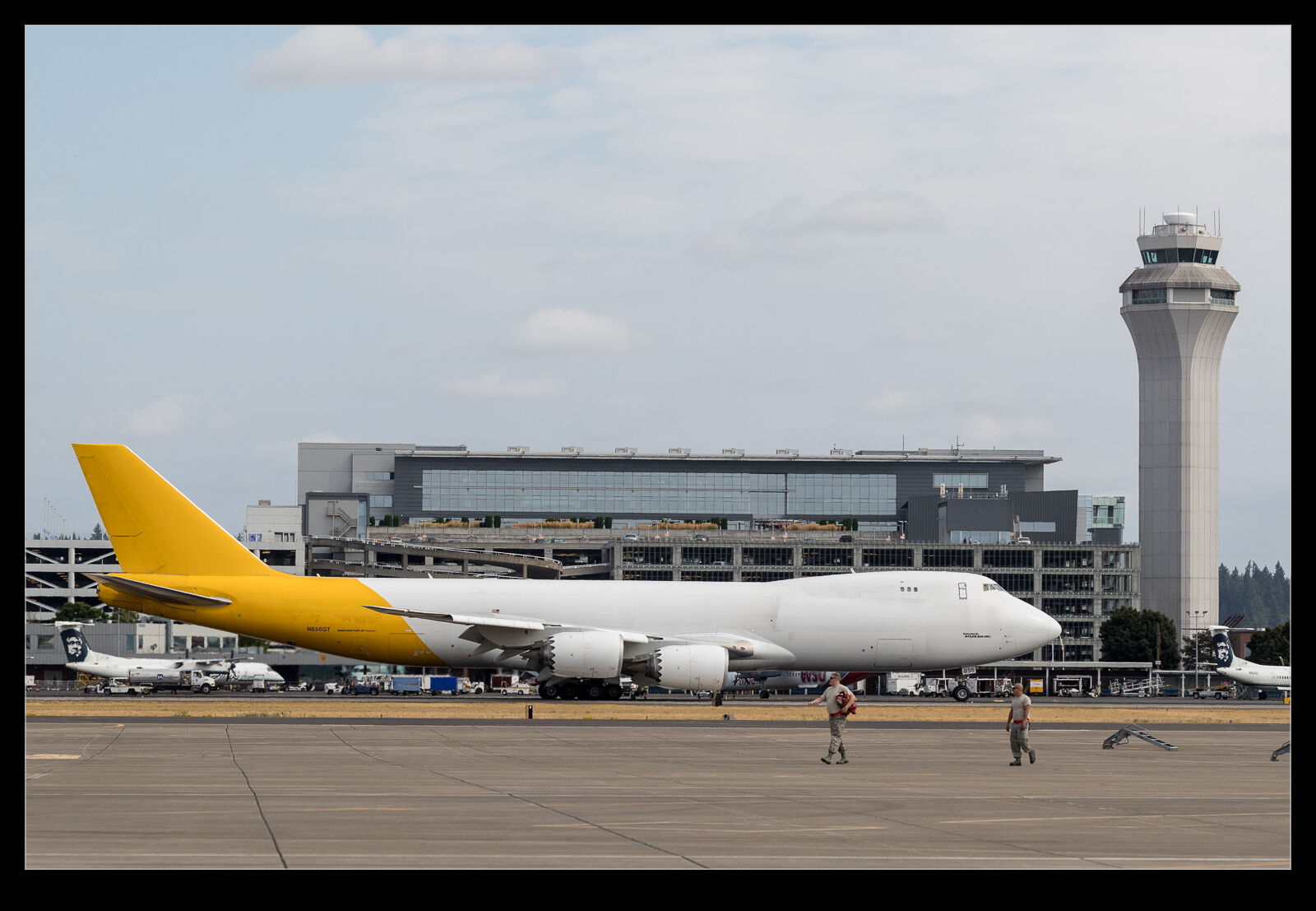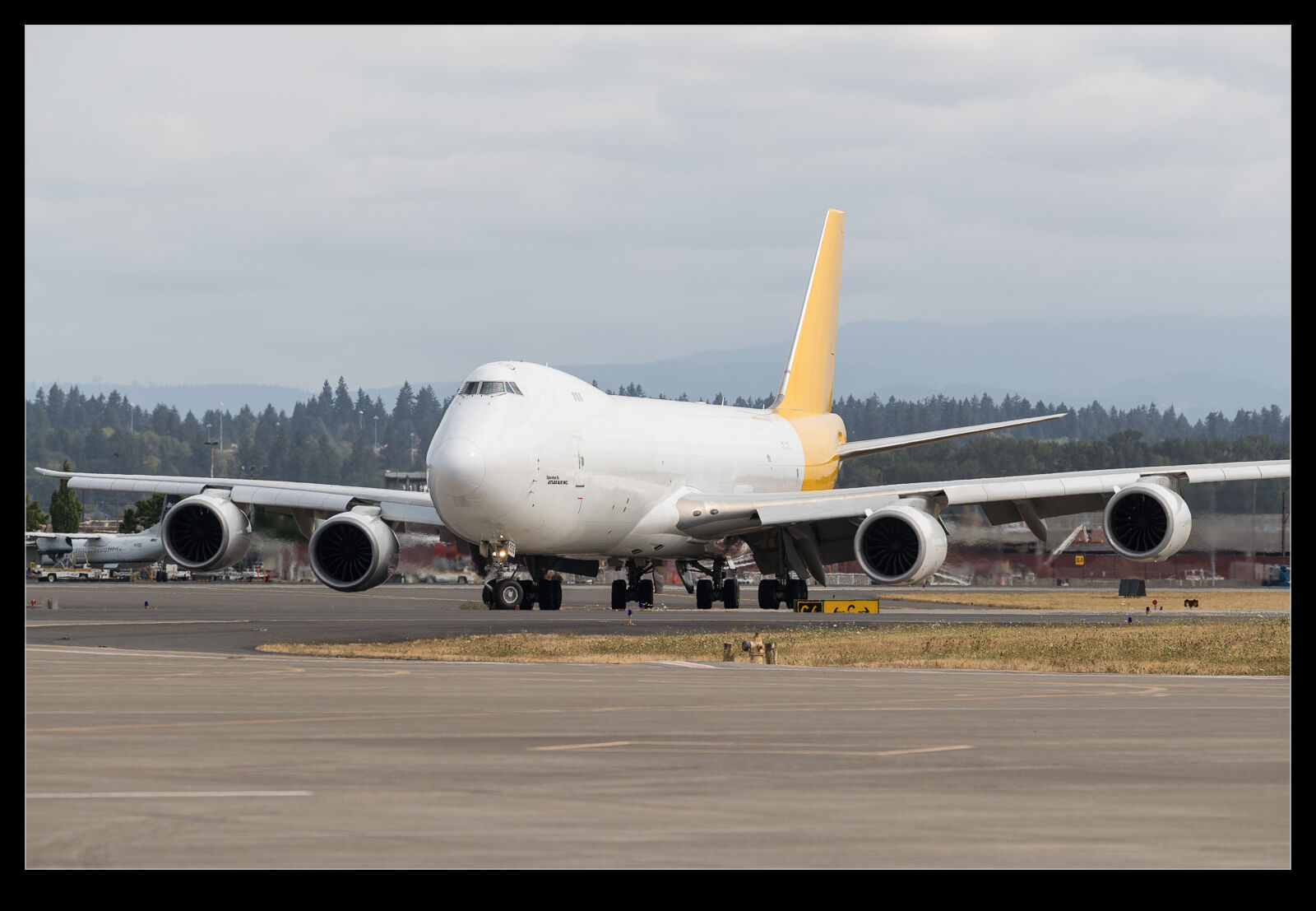 The open day at the Portland ANG base included a demonstration of missile loading. A jet had been parked out on the ramp for the morning and there was a rack of missiles also on display. Towards the end of the morning, a team started to prep the jet for loading. This was an exercise that had multiple purposes. It was a demonstration for the guests, but it was also a qualification test.
The open day at the Portland ANG base included a demonstration of missile loading. A jet had been parked out on the ramp for the morning and there was a rack of missiles also on display. Towards the end of the morning, a team started to prep the jet for loading. This was an exercise that had multiple purposes. It was a demonstration for the guests, but it was also a qualification test.
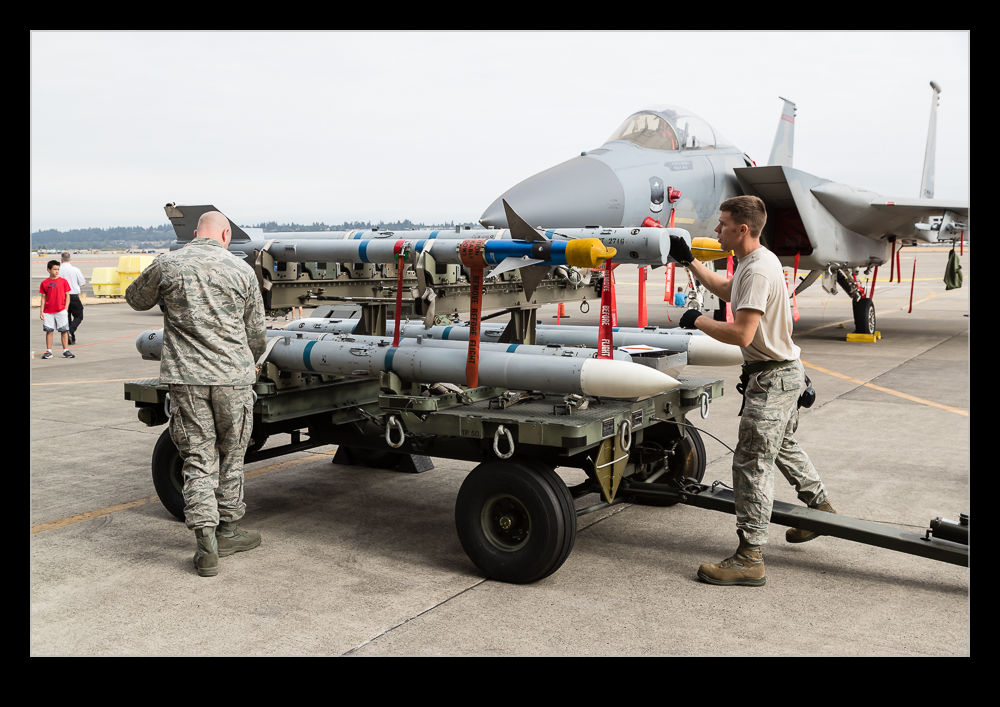 Apparently, the crews are required to carry out a loading drill every 90 days when they are timed and observed in order to maintain their qualifications. Therefore, a pair of observers were there to watch the three-person team do their work. It can’t have been fun to have the public watching and the assessment team overseeing you at the same time. The crew got to it though and they seemed to be diligently following every procedure which is no bad thing when you are potentially dealing with live weapons (not that these examples were in any way live).
Apparently, the crews are required to carry out a loading drill every 90 days when they are timed and observed in order to maintain their qualifications. Therefore, a pair of observers were there to watch the three-person team do their work. It can’t have been fun to have the public watching and the assessment team overseeing you at the same time. The crew got to it though and they seemed to be diligently following every procedure which is no bad thing when you are potentially dealing with live weapons (not that these examples were in any way live).
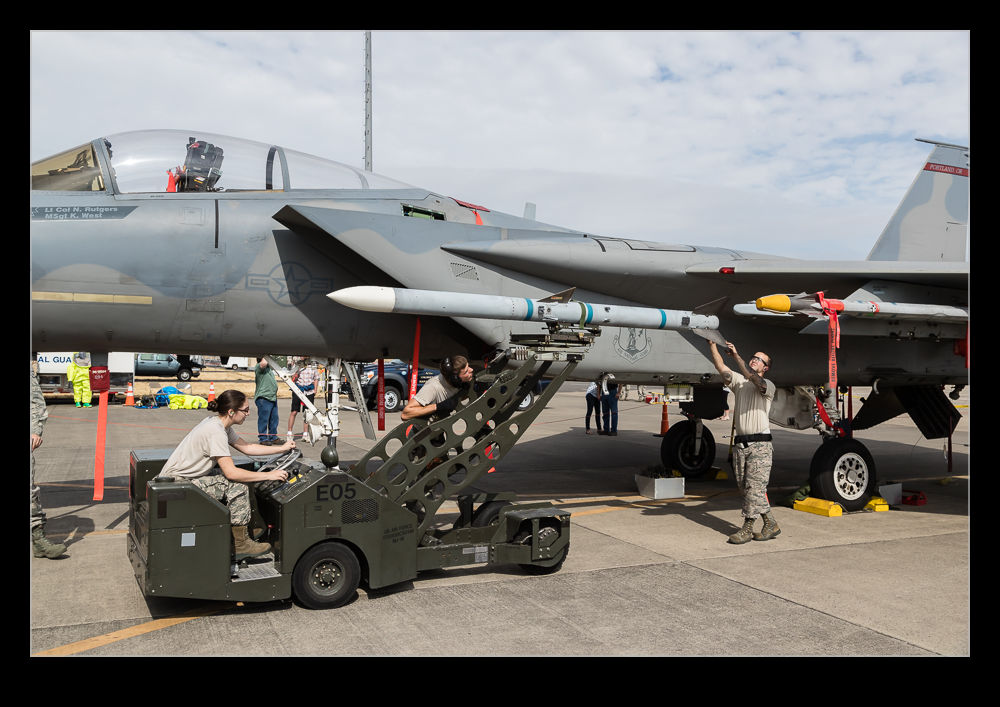 The missile configuration was quite a mix. They had six AMRAAMS to load, four on the fuselage and two on the stub pylons. The other two stubs were fitted with an AIM-9M and an AIM-9X. The Sidewinders were loaded by hand but the AMRAAMs are heavier and required the use of a mechanical loader. Prepping the plane before the missiles came close took a while and then the missiles were loaded in sequence with things like fins being added at different times such that some were on before the missile was attached and some were added once it was installed.
The missile configuration was quite a mix. They had six AMRAAMS to load, four on the fuselage and two on the stub pylons. The other two stubs were fitted with an AIM-9M and an AIM-9X. The Sidewinders were loaded by hand but the AMRAAMs are heavier and required the use of a mechanical loader. Prepping the plane before the missiles came close took a while and then the missiles were loaded in sequence with things like fins being added at different times such that some were on before the missile was attached and some were added once it was installed.
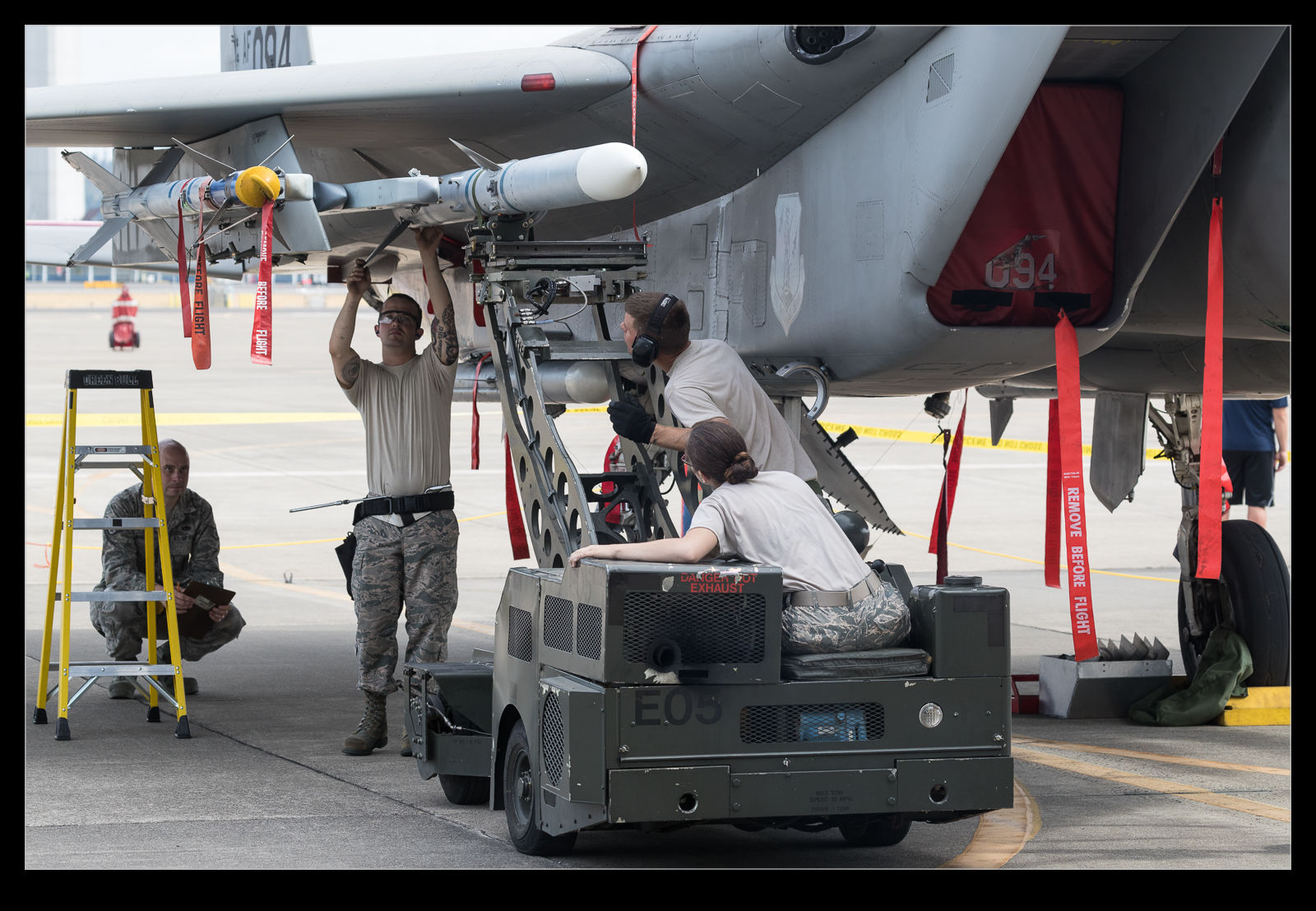 Once the whole task was completed, they reversed the process and removed the missiles. There was some choreography involved with getting the loader in place. It is not a subtle piece of machinery, but it could be placed quite accurately. Then there is adjustability in the rotation and position of the missile holders to allow things to be fine-tuned into position. Maneuvering a missile on to the rail or the launcher while not hitting anything else also requires some careful work. It was a most interesting process to watch.
Once the whole task was completed, they reversed the process and removed the missiles. There was some choreography involved with getting the loader in place. It is not a subtle piece of machinery, but it could be placed quite accurately. Then there is adjustability in the rotation and position of the missile holders to allow things to be fine-tuned into position. Maneuvering a missile on to the rail or the launcher while not hitting anything else also requires some careful work. It was a most interesting process to watch.
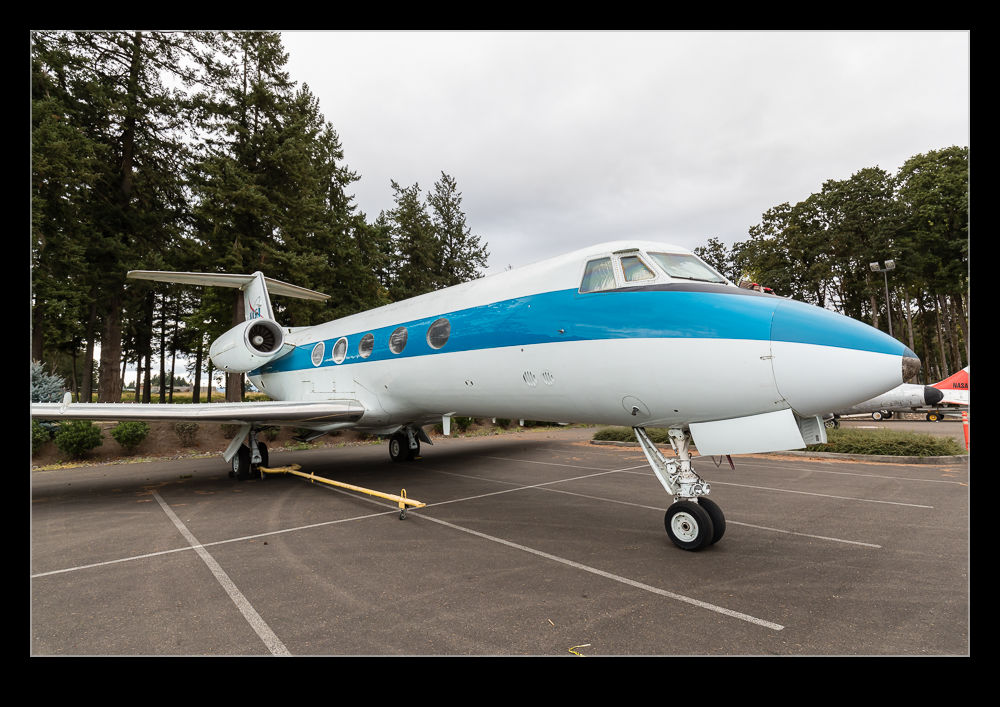 The Evergreen Aviation Museum has more aircraft than it has space to display. Some of them are parked out in the parking lot including a NASA Gulfstream II. This is no normal GII either. It is one of the four Gulfstreams that NASA had converted to act as Shuttle Training Aircraft (STA). They were used for the shuttle crews to practice the approach and landing phase of a mission when the shuttle was gliding (very steeply) in the atmosphere.
The Evergreen Aviation Museum has more aircraft than it has space to display. Some of them are parked out in the parking lot including a NASA Gulfstream II. This is no normal GII either. It is one of the four Gulfstreams that NASA had converted to act as Shuttle Training Aircraft (STA). They were used for the shuttle crews to practice the approach and landing phase of a mission when the shuttle was gliding (very steeply) in the atmosphere.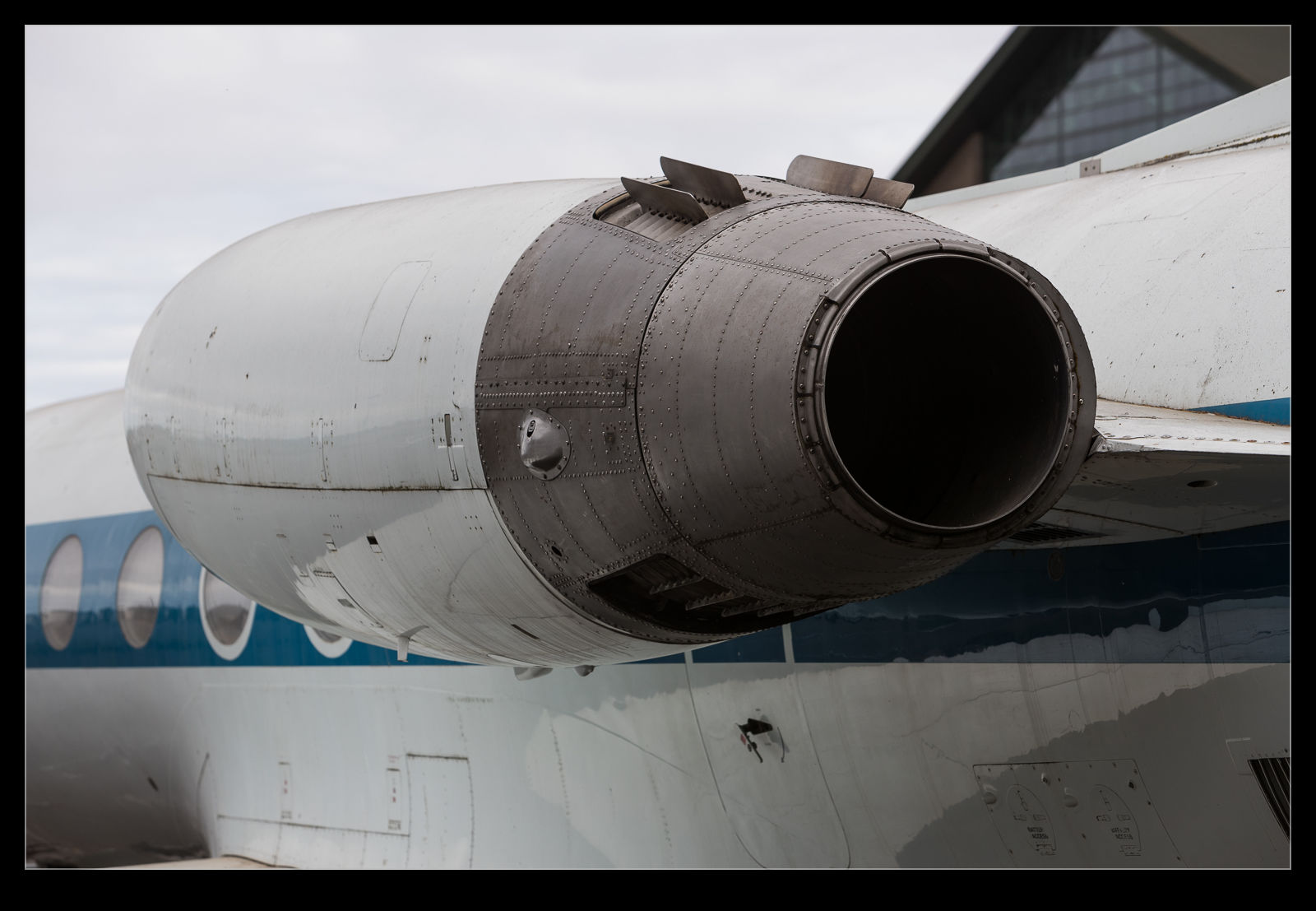 The main gear was deployed to increase drag, the thrust reversers were engaged in flight and the flaps could be moved up as well as down to modulate life. One seat was set up as a shuttle pilot station while an instructor sat in the other. Many practice landings could be carried out using the STA fleet. They also provided a secondary transport function.
The main gear was deployed to increase drag, the thrust reversers were engaged in flight and the flaps could be moved up as well as down to modulate life. One seat was set up as a shuttle pilot station while an instructor sat in the other. Many practice landings could be carried out using the STA fleet. They also provided a secondary transport function.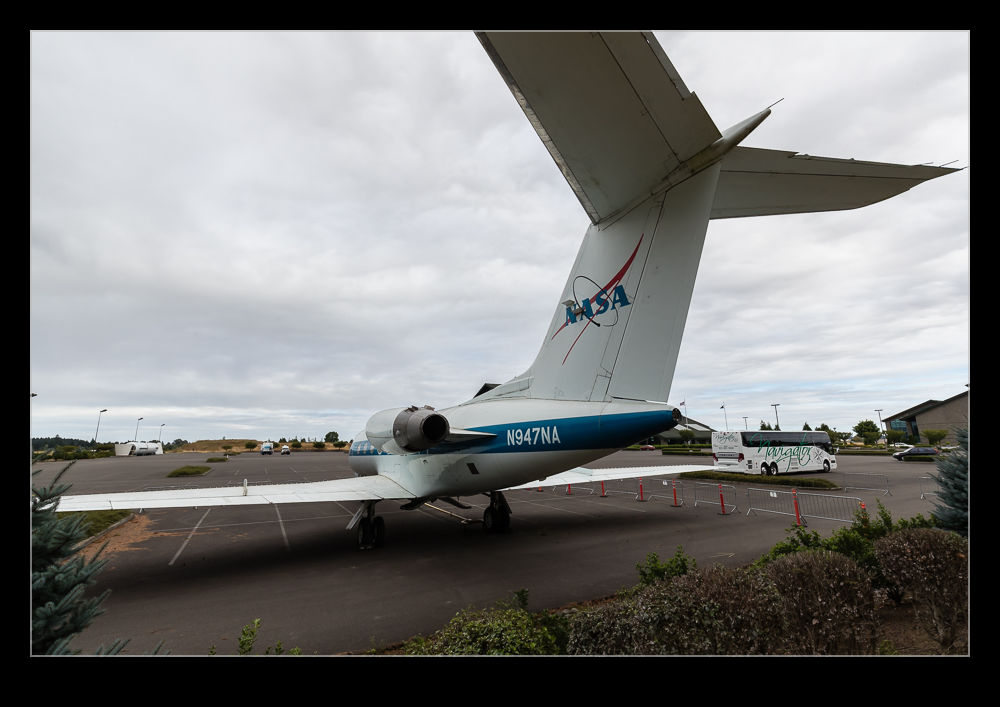 The aircraft is currently in a rather ignominious position in the parking lot and it will hopefully find a better permanent home.
The aircraft is currently in a rather ignominious position in the parking lot and it will hopefully find a better permanent home.